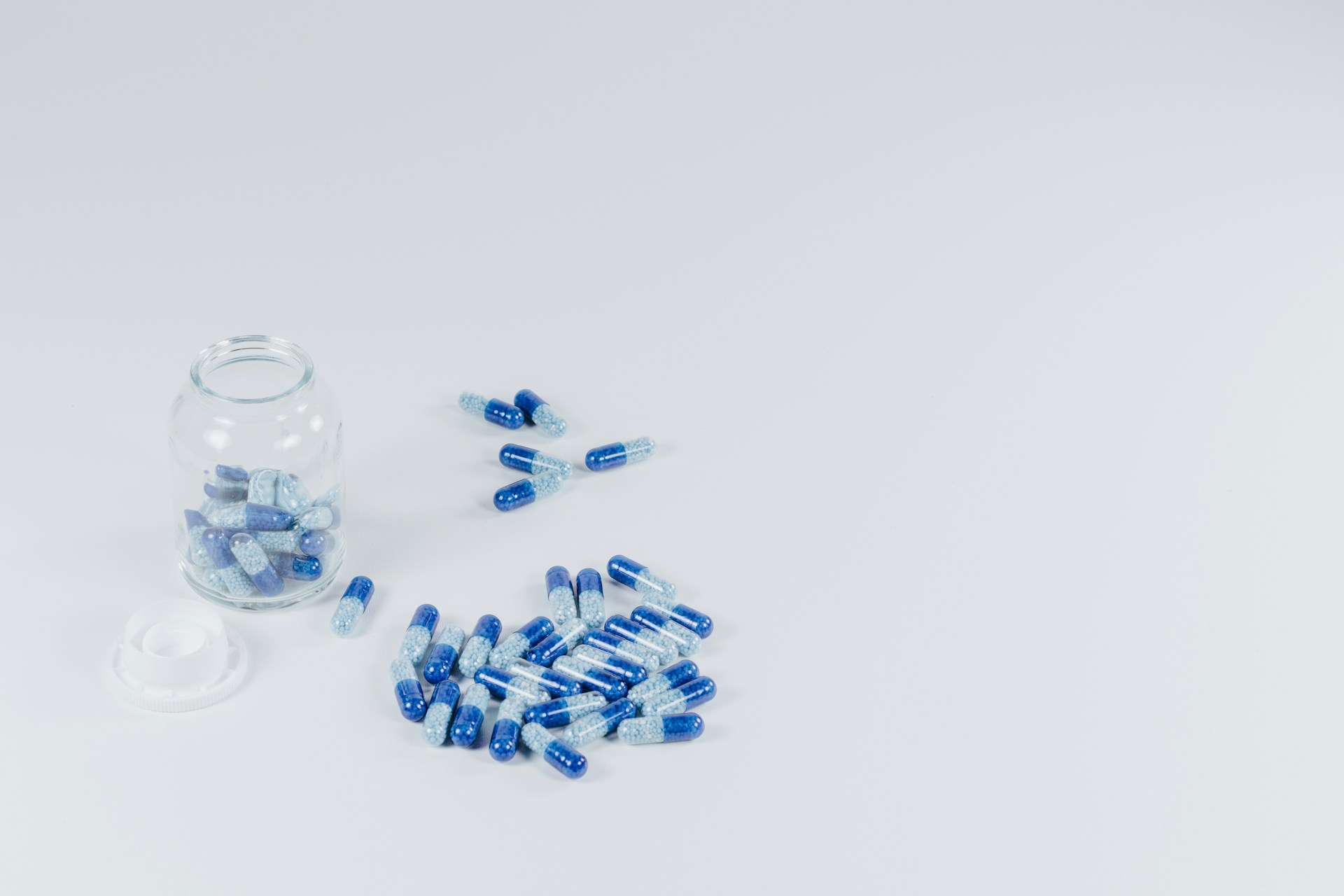
In the scope of pharmaceutical development, the Chemistry, Manufacturing, and Controls (CMC) section of a drug product and/or substance dossier holds great significance. It represents the manufacturing process, ensuring consistency, quality, and safety of the final medicinal product. Nonetheless, maneuvering through the complexities of CMC documentation can present significant challenges. Where even minor mistakes potentially impact regulatory approval schedules and market entry opportunities.
From incomplete manufacturing process descriptions to inadequately justified specifications, the CMC section is full of possible stoppers. During Dossier writing and Due Diligence activities, we have noticed that some questions or topics uprise more often than the others. In this series of articles, we dive deep into the nuances of the CMC, highlighting common mistakes that can negatively affect medicinal product dossiers.
The first topic we would like to discuss is Nitrosamines. Nitrosamines are a class of chemical compounds characterized by their N-Nitroso functional group. Nitrosamines have attracted attention for their carcinogenic properties and their wide presence in various consumer products, with no exception for pharmaceuticals.
Nitrosamines – source of risk for patients and source of questions for regulatory
Marketing Authorization Holders (MAHs) are obligated to ensure that the presence of nitrosamines is controlled and kept as low as possible. This applies to all human medicines, irrespective of product type or marketing status.
In 2019, the European Medicines Agency (EMA) launched a ‘call for review’ for medicinal products containing chemical Active Pharmaceutical Ingredients (APIs). It requested MAHs to review their manufacturing processes to identify and mitigate the risk of presence of nitrosamine impurities and report the outcome back to authorities. Later, the risk of presence of nitrosamines in biological medicinal products was also considered.
The call for review consists of 3 steps:
Step 1: MAHs to perform a risk evaluation to identify if APIs and/or final products could be at risk of presence of nitrosamine.
MAHs should inform the concerned Competent Authorities of the outcome of their risk evaluation (step 1) using the dedicated templates. Step 2 should be started as soon as a risk is identified in API and/or Final product (FP) and in accordance with product prioritization.
- If a risk has been identified for the API, the MAH is advised to report this outcome by using step 1 response template (available at EMA web page) and to proceed directly to step 2 confirmatory testing of the FP.
- If no risk has been identified in the API, the MAH is advised to proceed with the risk evaluation of the FP and to present the result of Step 1 when a final conclusion has been reached on both the API and the FP. MAHs should inform the concerned Competent Authorities of the outcome of their risk evaluation (step 1) even if no risk has been identified in the API or FP.
Step 2: if a risk is identified, MAHs to proceed with confirmatory testing to confirm or refute the presence of nitrosamines:
The risk assessment must be performed for all products for which a potential risk has been identified in step 1. However, it is recognized that step 2 may not be possible for non-marketed medicines, since there may be no finished product batches available for testing. In such a case, it would be acceptable to submit a commitment that step 2 testing will be conducted once the finished product has been manufactured and/or the product is launched.
MAHs should immediately inform the competent authorities if tests confirm the presence of nitrosamine, irrespective of the amount detected and by utilizing the dedicated reporting templates. The immediate risk to patients should be assessed based on the limits and appropriate action proposed to avoid or minimize the exposure of patients to nitrosamines.
Step 3: if the presence of nitrosamine(s) is confirmed, MAHs should implement effective risk mitigating measures:
The presence of N-nitrosamines in the FP shall be mitigated as much as possible, even if amount of N-nitrosamines in the FP is at or below allowed limits. MAH should:
- design or adapt the manufacturing process of their medicinal products to prevent formation of and contamination with nitrosamines whenever possible.
- implement a control strategy regarding N-nitrosamines, which should include current and prospective measures to minimize the risk of generation of/contamination with nitrosamines.
Risk points for presence of nitrosamines
Generally, N-Nitrosamines can be formed when an amine and nitrosating agent are combined. Risk factors for N-nitrosamines in medicinal products can come from the manufacturing process and storage of active substance and/or finished product. Also, there are risk factors specifically linked to GMP aspects.
Materials: Contaminated or impure raw/ starting materials containing precursors or impurities that can lead to N-nitrosamine formation during synthesis. The same applies to excipients and formulation components. Nitrite salts, esters, or other nitrosating agents in the presence of secondary or tertiary amines. Disinfected water (chlorination, chloro-amination, ozonisation) in the presence of secondary or tertiary amines.
Manufacturing process: Certain chemical reactions involving amines and nitrosating agents presented in the synthesis of the API can promote the formation of N-nitrosamines as by-products or impurities.
Note the active substances that contain a nitrosatable amine functional group and degradation processes of such active substances. This could potentially occur during both active substance and finished product manufacturing processes or during storage. Also, carry-over of nitrosamines deliberately generated during all the manufacturing process.
Cross-contamination due to different processes being run successively on the same manufacturing line.
Quality control: Inadequate quality control measures during finished drug product manufacturing, such as lack of analytical testing for N-nitrosamine impurities or inadequate monitoring of process parameters, can increase the risk of N-nitrosamine contamination. GMP mandates comprehensive quality control testing of raw materials, intermediates, and finished products to ensure compliance with specifications and standards.
Packaging and handling: Relevant nitrosamine contamination has been observed in primary packaging of finished products in blister with lidding foil containing nitrocellulose. During the blister heat-sealing process, nitrogen oxides can be generated thermally from nitrocellulose. Improper storage conditions, such as exposure to light, heat, or certain environmental factors can promote the degradation of compounds and the formation of N-nitrosamines.
What nitrosamines limits are allowed?
N-nitrosamines limits in medicinal products refer to acceptable intake (AI) which is associated with a negligible risk (theoretical excess cancer risk of <1 in 100,000 over a lifetime of exposure). The calculation of AI assumes a lifelong daily administration of the maximum daily dose of the medicinal product. The ‘less than lifetime’ (LTL) approach also exists, but it can only be considered after consultation with competent authorities as a temporary measure until further measures can be implemented.
Exists a large pool of N-nitrosamines, for which acceptable intakes have been established by the Non-clinical Working Party. This applies for FP containing a single N-nitrosamine and is provided in Appendix 1.
In cases where N-nitrosamine is not included in Annex 1 (detection of new nitrosamines) or more than one nitrosamine is identified in same medicinal product, AI limit has to be calculated separately (described here and here).
Insights
EMAs proposed deadlines of the call for review (including steps 1, 2 and 3) have already passed, MAHs must recognize that this obligation extends beyond new product development; well-established medications with years of manufacturing history are not exempt. And even though this topic is widely discussed and detailed in guidelines, we notice that knowledge is not always transferred to CMC part.
- Nitrosamine risk should be evaluated of all human medicines, irrespective of product type or marketing status. This means that MAH is obliged to have this risk assessment even for well-developed products with years of manufacturing history. This also applies for APIs imported from outside the EU. While new medicinal product development often is aligned with requirements for nitrosamine risk assessment, the same rules apply to already registered products. As regulatory requirements tighten, historically developed products must be re-evaluated; additional risk assessments need to be performed.
- Furthermore, MAHs bear the responsibility of ensuring thorough risk assessments across all stages of the manufacturing process, including confirming compliance from suppliers and vendors. The documentation of these assessments should be diligently incorporated into the product dossier’s CMC section, and HA were notified.
- Nitrosamine risk comes not only from used materials or contamination. Note active ingredient itself. Especially, APIs that contain a nitrosatable amine functional group. As well as agents present in the FP formulation or storage components.
- Risk evaluation should be presented in product dossier CMC part. It should not be confused with documentation which could be provided upon request.
- Section 2.S.3.2 Impurities – for risk assessment of Nitrosamine in Drug Substance
- Section 2.P.5.6 Justification of Specification for risk assessment of Nitrosamine in Drug Product
By adhering to these guidelines, practical tips and maintaining a proactive approach to nitrosamine risk assessment, MAHs not only meet regulatory requirements but also uphold their commitment to ensuring the safety and efficacy of pharmaceutical products for patients worldwide.




